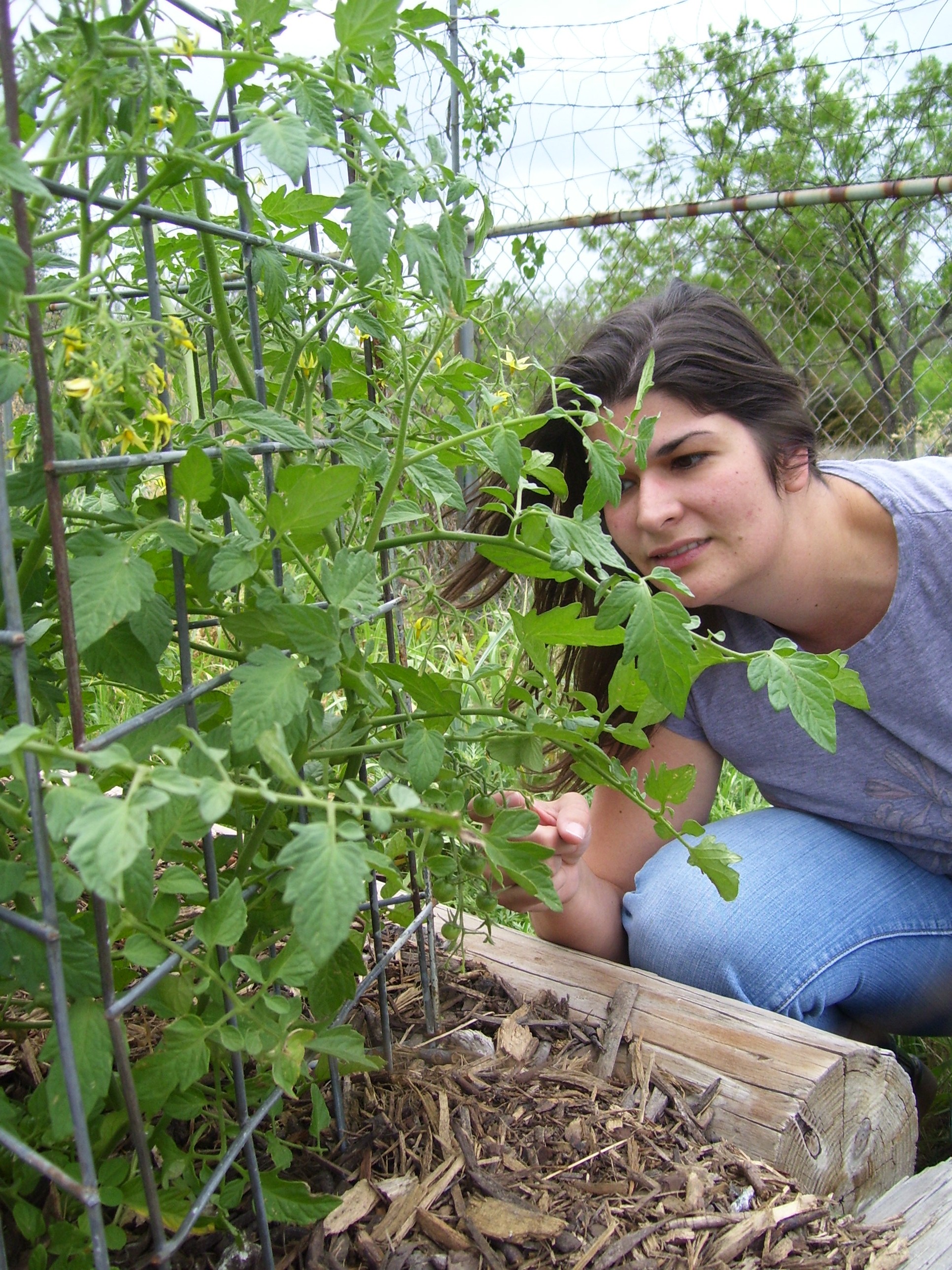Sustainable gardening isn’t just for the farmers! You can do it in the city, too!
There is a trend in sustainability and it starts with you and it starts at home. Williams-Sonoma has even recently jumped on the bandwagon to help make organic gardening more accessible and mainstream, but for Margeaux Denham, the cowgirl-gardener and her husband, Bryan, gardening has become a way of life, Williams-Sonoma or not! Through the next series of gardeni ng articles, Margeaux will take us through how to build a raised bed, how to start a proper compost bin and even what to select for in your very own Victory Garden.
ng articles, Margeaux will take us through how to build a raised bed, how to start a proper compost bin and even what to select for in your very own Victory Garden.
With the cost of fuel at an all time high in our Nation, it is even more important to know where our food is coming from. Most of the food grown in the U.S. is grown in California, over two thousand miles away from most of the people that consume it! That is why it is becoming more popular to grow food at home. In the 1940’s Victory Gardens grew over 40 percent of the food consumed by Americans. More and more American’s are returning to backyard or Victory Gardens.
You may think…gardening…that is an expensive hobby. In reality the rewards are wonderful and outweigh the initial costs. With a few minutes of work every day a small garden can be maintained for a low cost and amazing way to melt away stress. Tools can be obtained at garage sales and estate sales or at the end of the season sales. Building materials for raised bed gardens can be made of recycled materials. An old cedar fence being removed by a neighbor can be gold for your garden! Build small to large framed boxes keeping in mind 4 to 5 feet across is reachable. A good size is 5 x 8 feet or 5 x 10 feet. It is important to choose an area that receives at least 6 hours of sunlight per day. Adding landscape drip irrigation and a timer can reduce water usage and waste in your garden; it is also nice if you go out of town you know that when you return that your garden will still be alive!
